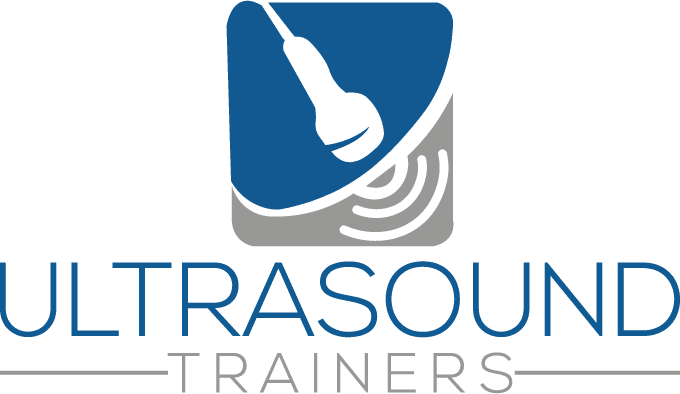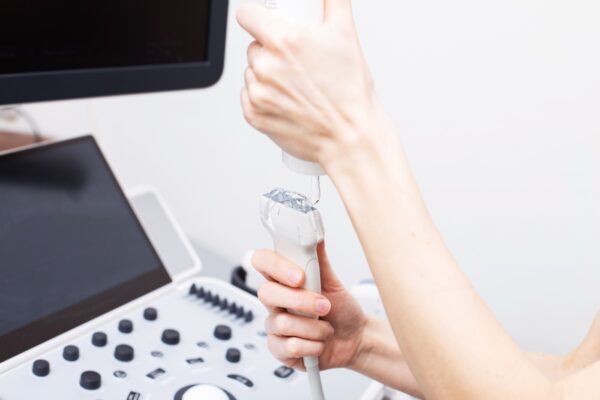Choosing the Best Non‑Medical Elective 3D/4D Ultrasound Training Course
You can almost feel the excitement in the air when a parent sees their baby yawn in 4D for the first time. Behind every “wow” moment, however, is a well‑trained sonographer who understands safety, technique, and showmanship in equal measure. If you’re looking to offer these keepsake sessions—or scale an elective ultrasound business—the right training course is the launchpad. But how do you choose one program out of dozens that promise the moon? Let’s break it down step‑by‑step.
Why Specialized Training Matters for Elective Ultrasound Studios
Unlike diagnostic imaging, elective 3D/4D sessions focus on creating emotional keepsakes. Families pay for an unforgettable experience—complete with HDLive™ footage, curated playlists, and maybe even a livestream to Grandma 2K miles away. A well‑designed training program shows you how to produce stunning images, safeguard patients, and craft an Instagram‑worthy reveal every time.
Regulatory guidelines can vary state‑to‑state. Without proper instruction, you risk wading into medical territory—and potential legal headaches. Quality training spells out where diagnostic lines are drawn so your studio remains compliant.
Hands‑on scanning hours are also a must. Simulators are helpful, but there’s no substitute for adjusting probe angle on a real pregnancy where baby is elusive. Programs that pair classroom theory with supervised scanning prepare you for the unpredictability of live sessions.
Finally, elective ultrasound is a service business. Training should cover customer psychology, social media marketing, and studio workflows—not just anatomy. Studios that nail these touchpoints routinely book 5K‑plus monthly in session revenue within their first year.
Key Criteria When Evaluating a Training Course
Accreditation, Curriculum & Instructor Expertise
While elective programs rarely carry the same accreditation as diagnostic schools, look for endorsements from organizations such as AIUM or partnerships with reputable machine manufacturers. Reading instructor bios is equally telling. Did they run a profitable studio for 10 years, or are they fresh out of school?
Dig into the syllabus. A robust curriculum covers physics basics, fetal anatomy, 3D/4D acquisition, HD/5D post‑processing, safety protocols, and elective scan etiquette (yes, that’s a thing). Courses skimping on physics may leave you unprepared for machine troubleshooting.
Ask how many live scan hours you’ll log. A solid benchmark is 25+ supervised exams or roughly 40K frames of captured imagery. Anything less and you’ll likely graduate with shaky confidence.
Hands‑On Versus Online: Blended Learning Is King
Purely online courses can teach theory, but they often skip tactile muscle memory—flipping probes, manipulating machine presets, timing the heartbeat soundtrack. Conversely, 100% in‑person cohorts can limit flexibility for busy entrepreneurs. A blended model (self‑paced modules plus two days of private scanning) often delivers the best of both worlds.
Look for programs with on‑demand video libraries you can revisit the night before your first paid client. The ability to rewatch a tutorial on how to reduce speckle noise can save your bacon.
If your schedule is packed, some providers—like Ultrasound Trainers—offer on‑site intensives where the instructor flies to your studio, tunes your 4D ultrasound machine, and trains your entire team in one go.
Equipment Access & Technology Updates
New HDLive™, TrueVue, and RealisticVue render modes can look wildly different across brands. A cutting‑edge program will expose you to multiple systems—think GE Voluson E10, Samsung HERA W10, and Mindray Z60—so you know what to expect if you buy refurbished later.
Ask whether training includes machine presets you can import. Custom profiles can shave 10‑15 minutes off session time, translating to an extra 2K in monthly revenue if you slot an extra family per day.
Reputable providers update coursework annually to match firmware upgrades. If the syllabus still references 256‑line memory boards, that’s a red flag.
Business & Marketing Support
A terrific scan that no one books is a tree falling in the forest. Seek programs that layer in price‑setting strategies, SEO tactics, and social media workflows. Look specifically for modules on:
- Elective ultrasound marketing tips for Instagram Reels and TikTok.
- How to position your services against an ultrasound franchise without paying royalties.
- Email funnels that keep expectant parents engaged through all three trimesters.
Bonus points if the course includes a plug‑and‑play Canva template pack—saving you design costs that easily hit 1K in the first quarter.
Comparing Course Formats & Pricing Models
Weekend Bootcamps (In‑Person, 16‑24 hours)—Great for tactile learners who crave real‑time feedback, but travel costs and time off work add up quickly. Average tuition: $2.5K–$4K.
Hybrid Programs (Online Modules + Private Practicum)—Video theory you can binge at 1 a.m. + a two‑day hands‑on intensive at your studio. Usually $4K–$7K, but ROI spikes when multiple staff learn at once.
Self‑Paced E‑Learning (100% Online)—Cheapest upfront ($1K–$2K), yet often lacks scanning mentorship. Ideal if you already have diagnostic credentials and need elective‑specific marketing tips.
Remember, the true cost isn’t tuition alone. Factor lodging, flight, lost workdays, and machine rental fees. A $3K bootcamp three states away can balloon to 5K when you tally everything.
Calculating ROI: Training Cost vs. Revenue Potential
You’re not just buying education—you’re investing in a revenue engine. Let’s run conservative numbers. If you charge $150 per 4D session and book eight clients a week, that’s $4.8K a month. Subtract $600 in consumables and marketing, leaving $4.2K net. Even a premium $7K course pays for itself in less than two months.
For context, the U.S. Bureau of Labor Statistics pegs median diagnostic sonographer pay around $84K annually. A solo elective studio owner hitting 10 sessions weekly at $175 each out‑earns that salary—without hospital shifts.
Training programs that bundle business coaching and equipment discounts accelerate ROI further. Some include preferred dealer pricing on a 4D ultrasound machine, trimming $3K off retail.
How Ultrasound Trainers Sets the Benchmark
Full disclosure: We love Ultrasound Trainers because they pioneered elective ultrasound training before it was cool. Their instructors have run six‑figure studios, they tweak your presets on a GE Voluson E10 until the HDLive™ punches, and they hand you a 150‑page marketing blueprint.
The program is hybrid: self‑paced theory + two days of private, on‑site practicum. They even set up your Google Business Profile, teach you SEO basics such as long‑tail keywords like “elective ultrasound business marketing,” and help you map a 90‑day content calendar.
The icing? Lifetime alumni access. Any time Samsung rolls out a new CrystalLive™ update, you receive a free module explaining the features—no extra fee.
Frequently Asked Questions
Do I need previous medical experience?
No. The best non‑medical programs start with the basics—machine physics, fetal landmarks, and scan safety—making them ideal for entrepreneurs, photographers, or nurses looking to pivot.
Will my state allow elective 3D/4D scans?
Most do, but regulations differ. Good courses provide a compliance checklist and sample consent forms. Always confirm with your state health department.
How soon can I start booking clients?
With an intensive course, some graduates soft‑launch within two weeks. Critical path items include LLC formation, liability insurance, and choosing an ultrasound machine (new or refurbished).
What if I later decide to add gender blood tests or heartbeat animals?
Choose training that addresses add‑on revenue streams. Ancillary products can uplift average ticket price by 25 %—a difference between 8K and 10K monthly revenue.
Key Takeaways
- Look for blended learning that balances online theory with supervised scanning.
- Verify instructor track records—successful studio owners make the best teachers.
- Factor total cost of attendance, not just tuition, when comparing programs.
- Prioritize courses offering business and marketing modules to secure faster ROI.
- Lifetime support and curriculum updates keep your skills current as technology evolves.
Ready to Start Scanning?
Are you fired up to turn expecting parents’ first hello into a crystal‑clear 4D memory? Share what excites—or worries—you most about opening an elective ultrasound studio in the comments below. If this guide helped, pass it on to a friend and tag @UltrasoundTrainers on Insta.
Need a deeper dive or personalized roadmap? Book a free strategy call with Ultrasound Trainers and get one‑on‑one advice on equipment selection, financing, and turnkey studio build‑outs.













